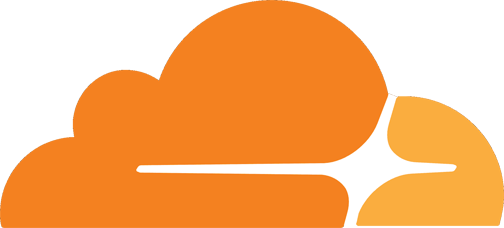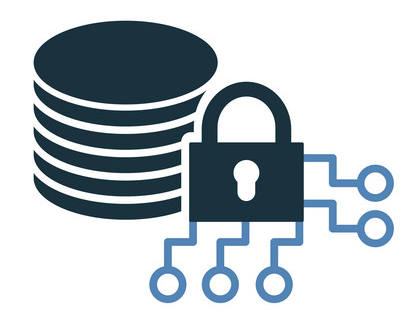
Healthcare institutions face significant pressure to deliver high-quality care while controlling costs and ensuring patient safety. Efficient healthcare asset management (HAM) is crucial in achieving these goals. By effectively managing medical equipment and resources, healthcare facilities can optimize operations, improve patient care, and reduce waste.
Let’s explore healthcare asset management and understand its role in enhancing patient outcomes.
Healthcare asset management involves the systematic process of tracking, maintaining, and managing medical equipment, supplies, and other assets within a healthcare setting. This process covers the entire lifecycle of assets, from procurement to disposal. Proper HAM ensures that hospitals and clinics have the necessary tools at the right time, helping to avoid delays in patient care, minimize operational inefficiencies, and reduce unnecessary costs.
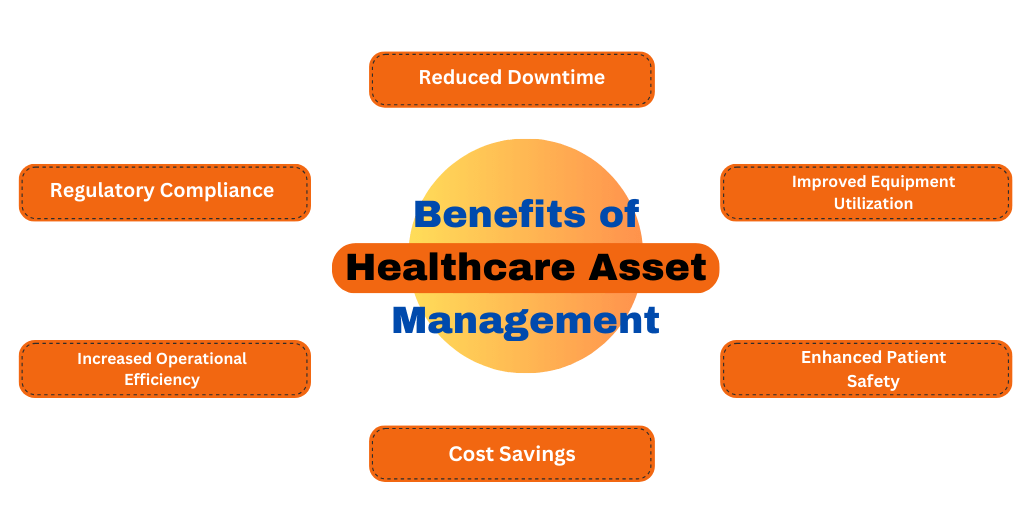
Effective healthcare asset management offers various benefits across the organization, from financial efficiency to patient safety. Below are the key advantages:
Healthcare facilities invest significantly in acquiring advanced medical equipment. However, poor asset management can lead to underutilization, where expensive machines remain idle or are used below capacity. Proper medical equipment asset management ensures optimal equipment use, reducing downtime and maximizing return on investment.
Patient safety depends on the proper functioning of medical devices and equipment. Faulty or outdated machines can result in incorrect diagnoses or delayed treatments, endangering patients. A well-managed asset system ensures timely maintenance and servicing, reducing the risk of equipment failure during critical moments.
Inefficient asset management often leads to wasted resources and unnecessary purchases. Healthcare organizations may buy new equipment when existing assets can be repaired or upgraded. Proper asset tracking helps reduce duplication and over-purchasing, allowing institutions to make informed decisions about asset replacement and upgrades.
When healthcare facilities can easily locate and manage their assets, staff spend less time searching for equipment and more time focusing on patient care. In an industry where time can mean the difference between life and death, improved operational efficiency through HAM contributes to better patient outcomes.
Healthcare facilities must adhere to strict regulations regarding the maintenance and use of medical equipment. Non-compliance can result in fines or legal repercussions. Effective asset management helps organizations stay compliant by ensuring that equipment meets regulatory standards and that all necessary maintenance checks are performed on time.
Scheduled maintenance and regular equipment check-ups ensure minimal downtime, crucial in a healthcare setting. Downtime can lead to canceled procedures, delayed treatments, and lost revenue. By managing assets efficiently, healthcare organizations can avoid unnecessary downtime and keep operations running smoothly.
If you are looking for an effective asset management solution for better management, try Genic Assets Management Software Solutions!
Healthcare asset management plays a significant role in enhancing patient care. Here are some key ways it contributes:
Timely treatment is critical in patient care. When healthcare professionals have quick access to necessary medical equipment, they can provide faster and more accurate diagnoses, leading to better patient outcomes. Asset management systems allow staff to locate and deploy equipment efficiently, minimizing delays in care.
In healthcare, equipment reliability is vital. Malfunctioning or unreliable equipment can compromise patient safety and care quality. Through regular inspections, preventive maintenance, and prompt repairs, healthcare asset management ensures that all equipment functions as expected when needed most.
Efficient healthcare asset management streamlines processes by ensuring that everything, from medical supplies to sophisticated devices, is available where and when needed. This streamlining minimizes disruptions in patient care, reduces wait times, and creates a smoother workflow for healthcare providers. Ultimately, this enhances the overall patient experience.
Equipment failure during a medical procedure can have severe consequences for the patient. Healthcare asset management ensures that all medical equipment is regularly inspected, maintained, and repaired as needed. This proactive approach reduces the risk of equipment malfunctioning during critical procedures, safeguarding patients from harm.
Data-driven decisions are essential for improving healthcare outcomes. By providing real-time information on the status, location, and usage of medical assets, healthcare asset management systems enable more informed decisions. This allows healthcare providers to optimize resource allocation, plan for future needs, and ensure that patient care is never compromised by a lack of equipment.
Healthcare professionals often work in fast-paced environments where time is of the essence. When staff members have access to the equipment they need without unnecessary delays, they can focus on delivering high-quality patient care. Healthcare asset management reduces the time spent searching for equipment or dealing with malfunctioning devices, allowing staff to dedicate more time to patient care.
Healthcare asset management systems can play a crucial role in infection control by ensuring that medical equipment is appropriately cleaned and sterilized before each use. Proper tracking and management of assets help healthcare providers prevent cross-contamination and reduce the risk of healthcare-associated infections, ultimately protecting patients from harm.
In large hospitals, patients may need to be transferred between different departments or facilities. Efficient healthcare asset management ensures that the necessary equipment, such as ventilators or monitoring devices, accompanies the patient during these transfers. This seamless transition ensures continuity of care, reduces patient stress, and improves overall outcomes.
While healthcare asset management offers numerous benefits, it also comes with challenges. Understanding these challenges and their solutions can help healthcare institutions enhance their asset management practices:
Hospitals often have thousands of assets to manage, ranging from small medical tools to large imaging machines. Keeping track of these assets manually can be overwhelming. Implementing automated asset tracking systems, such as RFID or barcode technology, can help address this challenge.
Healthcare facilities may already have various systems in place, such as electronic health records (EHR) and billing systems. Ensuring that asset management integrates seamlessly with these systems can be a challenge. However, investing in software solutions that offer integration capabilities can streamline operations and improve efficiency.
Introducing a new healthcare asset management system often requires staff training and a shift in organizational culture. Healthcare providers may resist changes to their routines. To overcome this, institutions should invest in comprehensive training programs and communicate the benefits of asset management to their teams.
Healthcare asset management is more than just a logistical function—it’s a key component of delivering high-quality patient care. From ensuring equipment availability to enhancing patient safety and supporting staff efficiency, effective asset management positively impacts every aspect of a healthcare facility’s operations. By optimizing their healthcare asset management practices, institutions can not only save costs but also improve patient outcomes, leading to a safer and more efficient healthcare environment.
By focusing on both the operational and clinical aspects of healthcare asset management, institutions can ensure that their resources are being used to their full potential, ultimately enhancing the quality of care patients receive.
Articles you might like


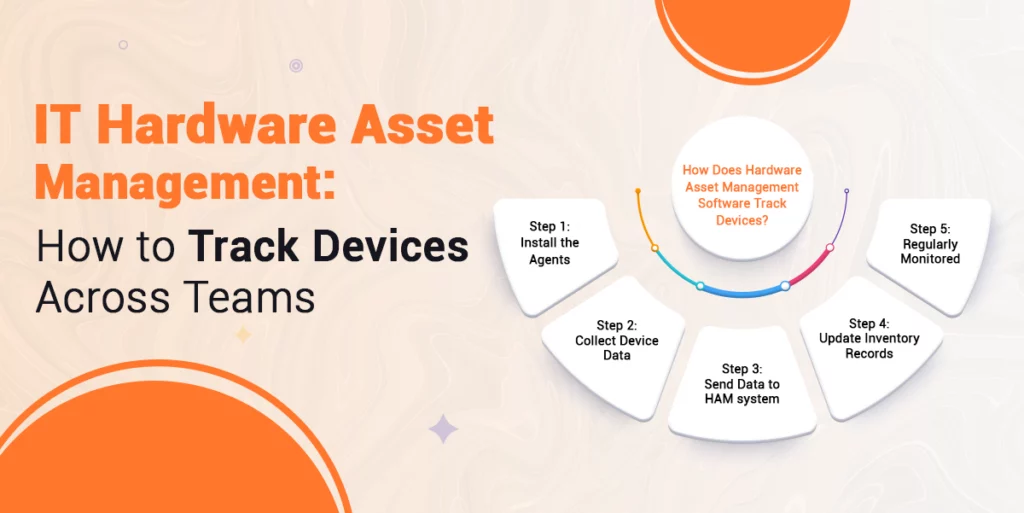
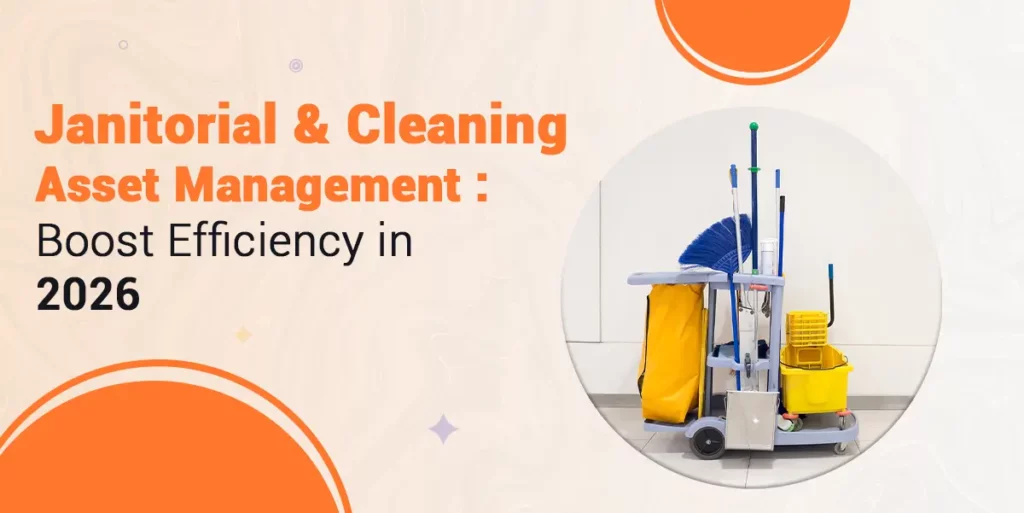

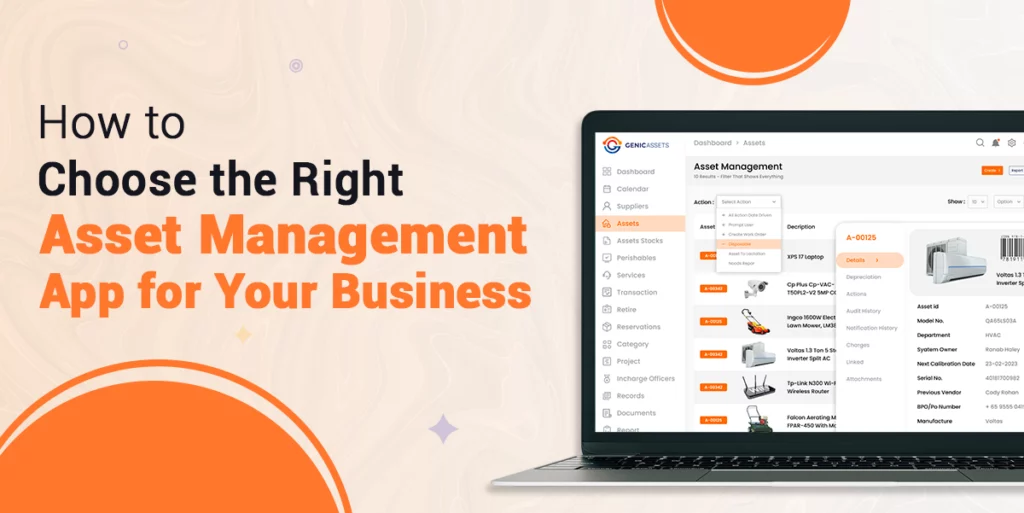
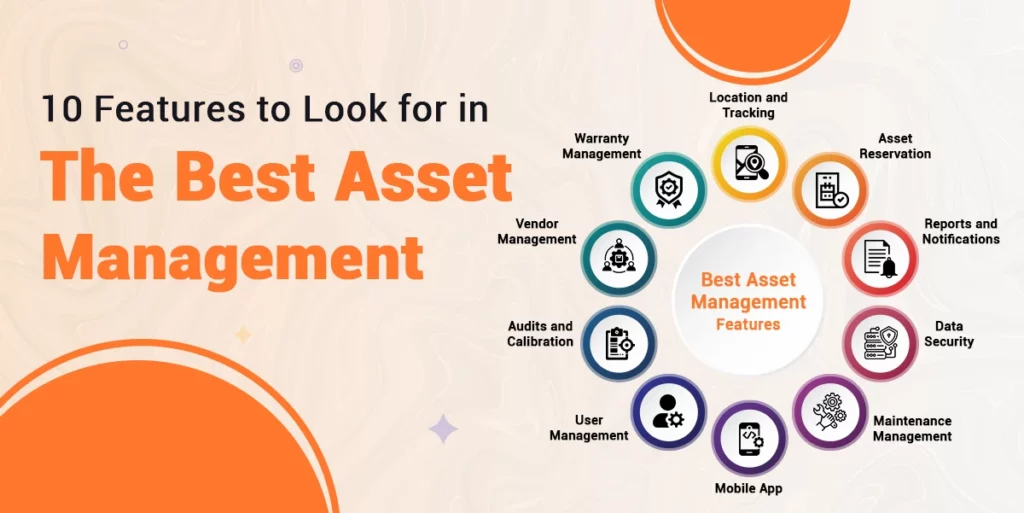


Genic Assets provide complete visibility, traceability, and accountability of your assets!
Get Started



